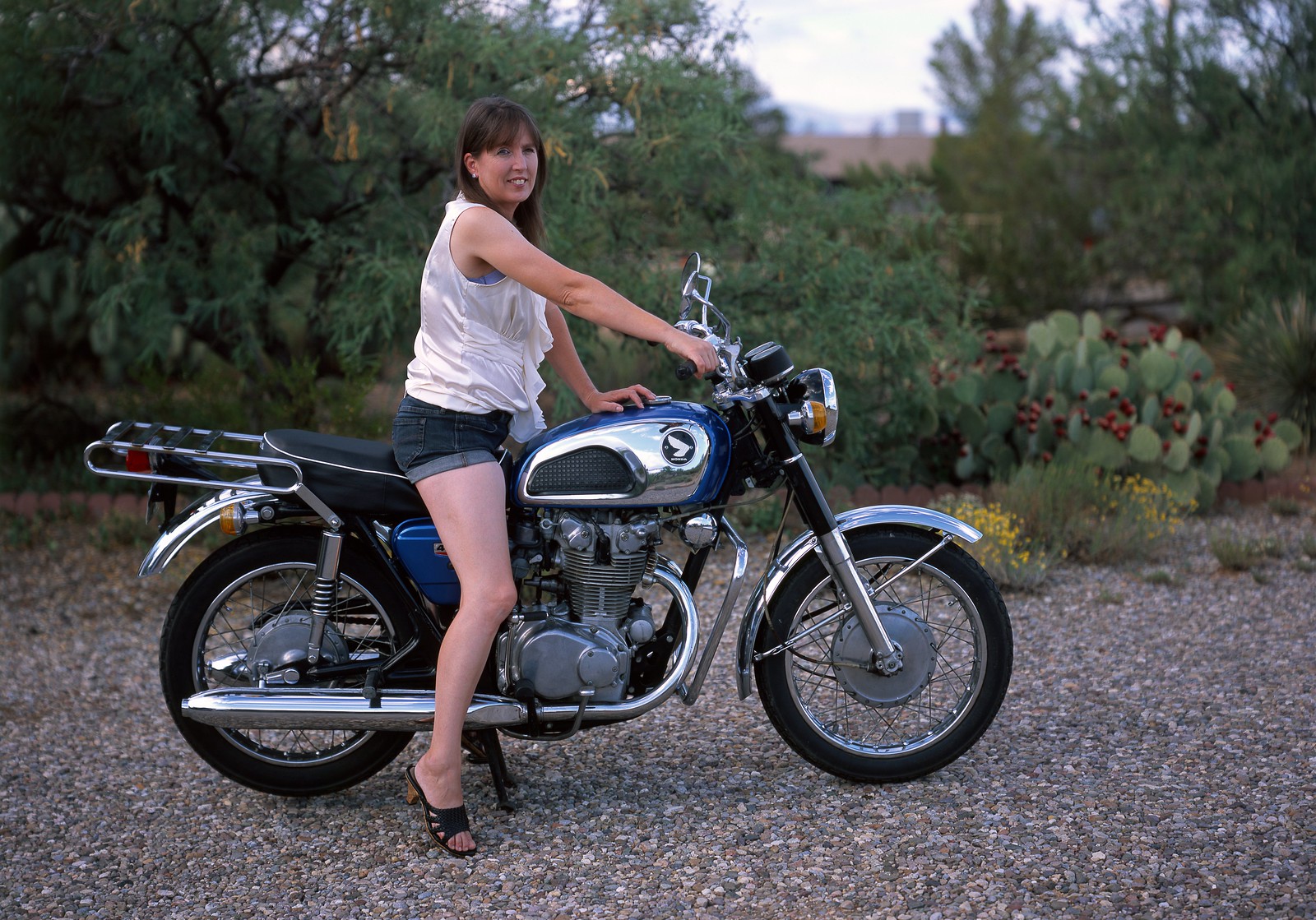willie_901
Veteran
For me it comes down to process. There's lots of ways to record the light reflecting from a particular scene.
Here's another vote for this conclusion.
I don't understand how a film-digital hybrid workflow has any benefit except that it enables one to use the camera(s) and. or a process they enjoy using. Enjoyment is important.
The inherent problem with digital imaging is present whether the digitization occurs in the original media or a scan of analog media . And non-analog printing is not exempt either.
Converting continuous information to discontinuous information requires a mathematical model. The models happen to be very good. At the same time the models are inherently flawed. The information on the analog side can not map perfectly onto the model.
In practice the flaws in digitization do not necessarily impede the creative intent of the photographer. However this assumes the entire process is optimized from beginning to end. The optimization requires understanding and and attention to detail. While the issues are quite different from those required for excellence in a pure analog process, both processes are demanding to achieve the very best result.





